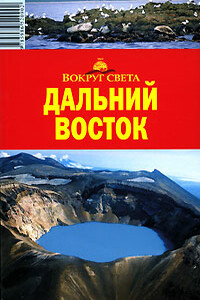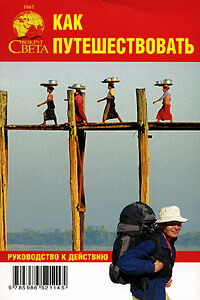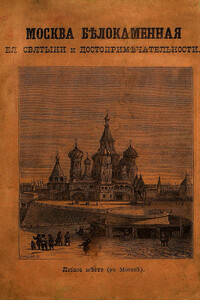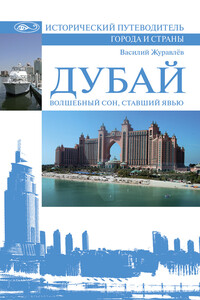Симферопольский клад | страница 15
Beads and buttons are a separate group of decorations. Most of them are golden. Their use was broader than their initial designation would indicate. Thus, they were often sewn to the garments or curtains in the houses of rich feudals. Some spangles in the treasure with punctured apertures also served this purpose.
In addition to gold and silver beads the treasure contained 47 separate cornelian beads of various form and size, one of sapphire and one crystal. It is possible that these beads were used as rosaries.
The treasure also included several bracelets. Of interest is a two-piece bracelet which, unfortunately is not intact. It has an ornament in relief and the following inscription in Persian: "May the Creator of the world patronise the owner of this (object) wherever he may be." It is interesting to note that two similar bracelets with an identical inscription were discovered earlier in the Bulgarian settlement of Dzhuketau, Zhukotin in Russian, situated near Chistopol on the left bank of the Kama river. They differ only in some elements and a finer and more skillfully executed ornament. It appears that the centre where such bracelets were produced was in Iran or in Central Asia.
Round paired bracelets with schematic carved heads of dragons at their tips are probably Central Asian in origin. Parts of the heads are covered with a scale ornament. Two other bracelets in the treasure are compiled of medallions: one of scalloped medallions decorated with granulation and niello and the other of medallions with inserts of turquoise and spinel, their setting also being granulated.
A group of articles comprises golden cases intended for keeping various charms, mostly texts of prayers that played an important role in the life of moslems. The cases were suspended on the chest or neck, sometimes placed in a special pocket or sewn into garments. The treasure contained ten various cases, including cylindrical, shaped and rectangular ones. Four similar cylindrical cases are remarkable for fine workmanship. Their medium part is formed by open-work while the sides are adorned by filigree curlicues on a lining of sheet gold. For decoration of other cylindrical cases stamping technique was applied. One of them has a scale ornament while two others (only parts of them remain) are adorned with curlicues and an ornament imitating an inscription in Arabic resembling the word "glory". The case with a scale ornament was filled with pistachio resin and the remaining two with turquoise. In the Orient it was believed that this stone brings happiness.



